How To Get Traffic To Your Website In 2019 & Beyond
Website traffic is the lifeblood of many digital publishers around the globe. Anyone working with a digital media property, brand, blog, or popular website likely relies on website traffic for the majority of their digital revenue. But, as the digital publishing ecosystem evolves and changes, where should digital publishers begin to look for new streams of website traffic?
More and more publishers are beginning to look into the future at things like voice search, emerging social media platforms, and changes in search engine behavior and asking the question, “how are we going to get traffic to our websites in the coming years (2019, 2020, …)”.
This was a question asked to an expert panel at Pubtelligence recently that featured leaders from Google, SEMRush, Ezoic, Ranker.com, and the world of SEO. Below, I’ll summarize some of their thoughts — and highlight some of the key initiatives that top publishers are exploring — relating to how to get traffic to a website in 2019 and beyond.
Watch a part of the panel discussion on this subject
First, don’t confuse an audience with website traffic
As many publishers that relied on Facebook Page traffic in the past will tell you, website traffic is not the same thing as an audience.
What’s the difference?
Your audience seeks out your content or is a regular consumer of your content. Website traffic to your property could be from your audience, but if you’re completely dependant on a 3rd party platform to send the traffic to your website, it may be the platform’s audience that you’re borrowing. (that’s something we talked about on Episode 47 of the Publisher Lab Podcast)
Yeah, yeah… I know you get it.
That said, it’s hard to not rely on massive platforms like Google Search, Facebook, Instagram, Apple News, Twitter, and the like in some capacity for website traffic.
After all, all traffic has the ability to become an audience according to former Hearst UK Chief Digital Officer, Paul Cassar.
Paul shared how Hearst would often engage audiences on one particular platform or medium and then attempt to bring that audience to their digital brand or website long term.

EXAMPLE: Paul mentioned that Better Home & Garden created a series of Facebook Watch (video) content around Game of Thrones when the show aired the latest season. This allowed the brand to attract a lot of new eyeballs. Better Homes & Gardens then attempted to get these users to subscribe to newsletters and other offerings to stay connected.
In Paul’s Better Homes & Gardens example, we can see how a publisher was able to leverage a massive platform like Facebook for both traffic and the long-term development of their audience.
Once Better Homes and Gardens was able to attract new visitors with content that was a bit topical and out of the box on a 3rd party platform, they were then able to create long-term relationships with the audience through newsletter subscriptions and connections to other platform accounts.
Examples of building audiences using new platforms & technologies
A common question among publishers right now is what types of new technologies they should be participating in.
Should websites be trying to optimize for voice search, should they be converting mobile sites to AMP, or do they need to pivot their content to video and start publishing onto IGTV (Instagram) or Facebook Watch?
Ranker.com CEO and Founder, Clark Benson, shared a similar sentiment as Paul Cassar on this subject.

“Everything is always changing — how people behave and what they do… For us, what’s most dangerous is not trying something new. For everything we’ve got to work, there’s a dozen things that haven’t” – Clark Benson, Ranker.com
For large publishers like Hearst or Ranker.com, it’s easy to explore all the new technologies and platforms that exist. They have the resources (people) to work on these things to see what catches fire and what doesn’t.
But, what are publishers with limited time and resources supposed to do?
Below are some examples of different ideas that target emerging technologies and platforms. All of these are currently being successfully executed upon by a major publisher; however, what works for one publisher might not work for another.
That’s why it’s important to understand your audience, how they engage with your content, and what content is typically most engaging to them. This will allow you to better select which platforms or emerging ideas are most likely to align with your core audience (your most engaged visitors — the ones that earn publishers the most money).
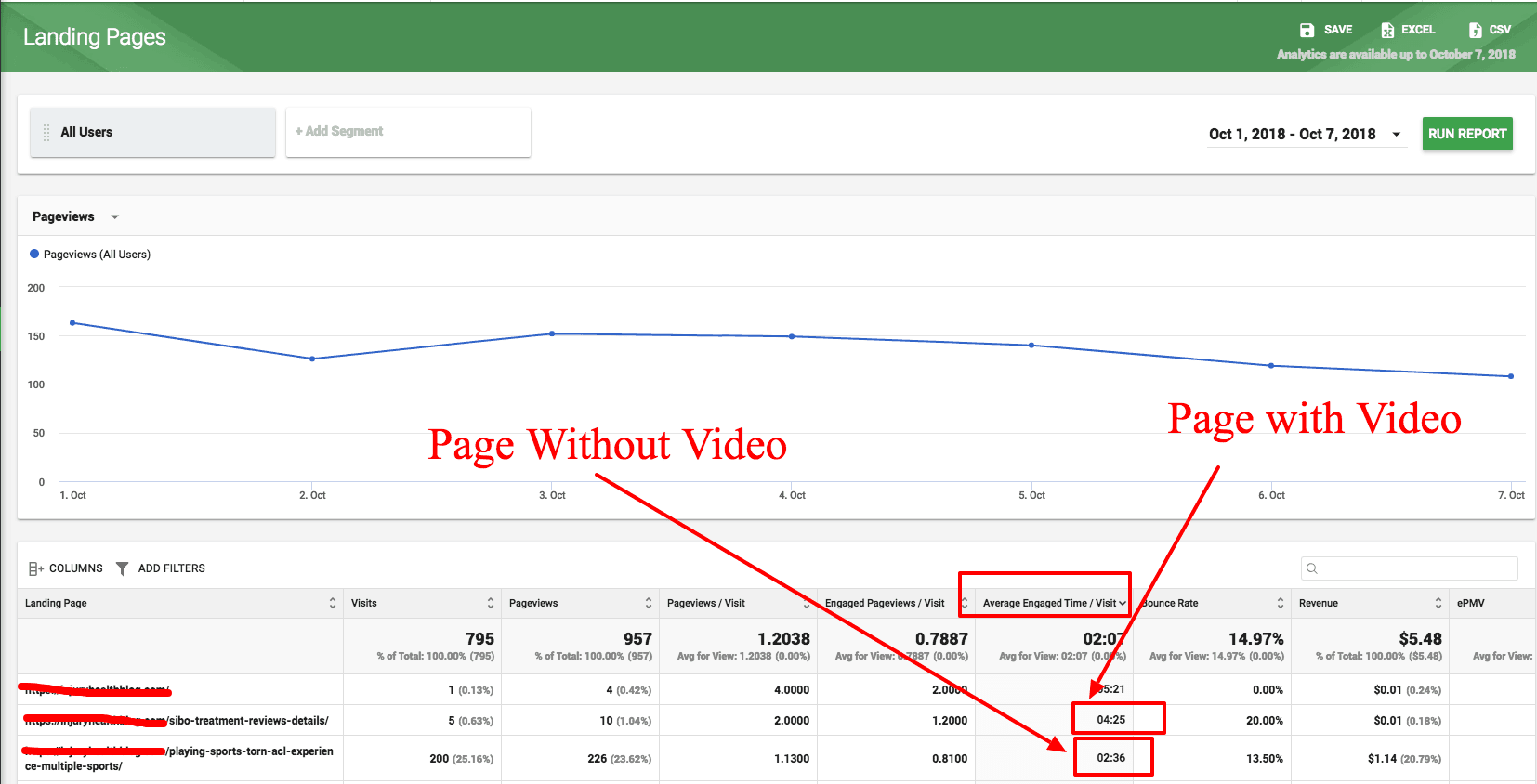
Example: This site above saw that their pages with videos on them got 2x as much engagement time from visitors as pages without video. This publisher may want to explore some of the emerging opportunities that include video elements since their most engaged visitors seem to like it so much.
If a publisher understands what their audience engages with the best, they can usually better predict what types of emerging strategies will work best in attracting similar users to their websites.
Here are a few ways publishers are using emerging strategies to increase website traffic in 2019.
1.) IGTV (Instagram’s New Video Channel)
Instagram has long been the key platform for lifestyle bloggers. Even when these publishers may struggle to convert that audience to website traffic, many have built successful businesses inside that platform. Unfortunately, these businesses are totally dependant on Instagram for their connection to their audience.
Recently, with the launch of IGTV, do-it-yourself and how to websites and publishers have begun taking advantage of IGTV’s publisher-friendly impressions as the platform attempts to get more Instagram users used to tuning into the IGTV portion of the popular app.
This means IGTV publishers are currently experiencing a greater reach with their published video than what is typically found on most other social media platforms.
Publishers can usually get started in this format simply by republishing existing video onto IGTV and using popular niche hashtags.

BroadwayWorld.com founder and CEO, Robert Diamond, shared that their site was successfully engaging an audience and growing traffic referrals from Instagram by republishing video that they were already creating for their website on IGTV.
This allowed BroadwayWorld.com to access and engage with a new audience on Instagram using video content they had already created.
2.) Google AMP Project
Google has been the driving force behind the AMP Project from the start. Unfortunately, publishers have not been near as enthusiastic about the accelerated mobile web technology as Google has been.
Publisher concerns over Google caching pages on their own URLs, a lack of accurate analytics, and the loss of important website elements due to AMP HTML limitations turned off a lot of publishers in the beginning.
Additionally, many publishers have also lamented that they earn far less ad revenue from AMP articles than they do from their typical mobile pages.
Google has heard some of these concerns and worked with project contributors to help address website owner concerns over some of these elements. For example, Google announced that they would begin allowing publishers to cache AMP pages on their own URLs.
What’s more promising is Google’s recent mention of bringing the successful parts of AMP to all “fast” pages. This could mean that critical AMP features like appearing in the news carousel atop search results would no longer be reserved for sites leveraging AMP HTML but for all fast mobile sites that meet certain web standards.
This recent concession could be huge for news publishers. Currently, there is a lot of traffic to be gained for news publishers by appearing in AMP carousels. Unfortunately, many earn much less revenue from these visits than they do on visits to their regular mobile pages.
AMP features being extended to all publishers could allow all news publishers to reap the benefits of AMP carousel traffic while keeping their existing non-AMP mobile site.
Lastly, Google has recently doubled down on the AMP Stories feature in search results. Google is really pushing publishers to create AMP stories to be featured atop search results just like in Instagram, Facebook, or Snapchat.
While it has been slow to gain traction, it does present an interesting opportunity for entertainment and news sites. Since it has been adopted slowly by many, there may be an opportunity that exists for savvy publishers that can take advantage of the lack of competition.

Matt Ludwig, from Google’s Mobile team, recently shared that he believed many web publishers still didn’t fully understand the modern evolution of AMP. He felt that in the coming years Google would better align with other emerging technologies like PWAs and we would see much larger widespread adoption.
3.) Voice Search
When Google and other major search engine players started talking about voice search publishers universally cringed. The idea of search results being delivered through speaker sparks imagery of users favoring audio responses to web page visits.
Fortunately, voice search doesn’t seem to compete with traditional search results. Many of the common queries that users prefer voice search responses to have already been cannibalized by search engine answer widgets, like Google’s Knowledge Graph.
This means that voice search answers likely won’t take away from existing traffic. In fact, some publishers believe they will be able to leverage the new technology to their benefit.
Recently, Bloomberg Media was able to demonstrate a large amount of success in delivering a text-to-audio function to their website visitors. This may be a way to target an audience that prefers to get answers via audio as opposed to reading — potentially due to a state which may prevent them from reading.

Matt Ludwig, from Google, and Arsen Rabinovich from TopHatRank both agreed that voice search was an addition to the search ecosystem, not really something that would compete with existing searcher behaviors.
Publishers that have tried podcasts or other audio media with success in the past, may want to look into text-to-audio technologies.
Additionally, these types of publishers could also build offshoot podcasts or audio segments targeting sub-sections of their audiences. The New York Times has found a lot of success recently targeting audience subsections.
Building loyal audiences this way can help increase return visitor rates and improve quality website traffic over the long haul.
4.) Short-Run Newsletters
As most publishers know, being able to stay connected to an audience through email offers significant benefits.
This kind of direct line to readers equips publishers with tools to be able to make website traffic more consistent, attract valuable engaged readers to return to the site, and much more.
The problem with a singular newsletter or e-mail lists is twofold.
- Lists get large and audiences start to ignore regular emails over time
- The less relevant a message to an audience the more likely they are to ignore future emails or unsubscribe
Recently, The New Tork Times has found a lot of success starting small segmented newsletters with short-run lifespans.

This means creating a very niche-specific type of newsletter for a subsection of an audience and then setting a term for when this list will expire.
For Example: The New York Times started a short-run newsletter aimed at the portion of their audience interested in Cooking & Smarter Living. The Newsletter will only run for 6-8 months.
Publishers could identify subjects or ideas that members of their audience might identify with and create specific newsletter lists just for these audiences. While they may be small, they could provide a nice source of highly engaged return visitor website traffic that is both consistent and sustainable.
5.) Rich Data Markup
While content is still king, rich data markup is quickly becoming the queen for many sites that rely on Google search traffic for a large portion of their overall web traffic.
Rich data — or structured data markup — is the term used to identify specific code that can be added to articles or posts to provide additional information about the types of material that exist on that URL.
This rich data gives search engines the ability to add-in snippets to search results that may make an article or page more attractive to potential searchers in search results. This includes images, lists, additional descriptions or phrases, review stars, and a lot more.
Schema.org is the primary format in which this data is applied. We wrote about adding the most important rich data to your site in this blog post.
Google and other search engines have recently expanded their search offerings and even launched ancillary search engines that support specific types of queries.
For example: Google launched a separate search engine just for researchers that feature studies, data, and other results pertaining to researchers and journalists. Markup is key in identifying what results should be included in this new search engine. Google plans to expand these types of ancillary search engines in the future.
While a lot of this rich data is being looked at in the context of Google Search results right now, there is a lot of potential for other platforms and services to begin using this data in the future to provide information for users.
This means that rich data could offer more than just search traffic in the future. Websites could begin to see traffic from emerging apps and social media platforms that also begin leveraging this kind of data in the future.
You can stay on top of all the different kinds of markup at Schema.org.
Watch me break this down further below
Content is still King & that won’t change
One thing that every expert that has spoken at Pubtelligence has made incredibly clear is that a publisher’s content is still the greatest determining factor in their success.
Matt Ludwig, from Google, had a great quote on this particular subject…
“If you’re a publisher, think of your content like your product. It is what you are selling. Understand who is buying it and why and then continually work to make it better.” – Matt Ludwig, Google
The challenge for publishers will be finding the optimal way to distribute their content to their potential audiences.
So, how will websites drive traffic to their sites in 2019 and beyond?
In a nutshell: experimenting with new and emerging ideas and digging into data to better understand engaged audiences (you can do this for free using Ezoic’s Big Data Analytics).
Not every new strategy that exists is going to work for every type of site. In fact, most probably won’t.
However, the surest way for a publisher to fall behind in the coming years is to avoid innovation. Think about how the mechanisms behind website traffic have changed in the last 5 years.
It is extremely likely that the same progression of change will occur over the course of the next 5 years as well. This means publishers need to prepare themselves by understanding their audiences and experimenting with new ideas that are most likely going to connect with them.
Thoughts or questions on this topic? Leave them below.



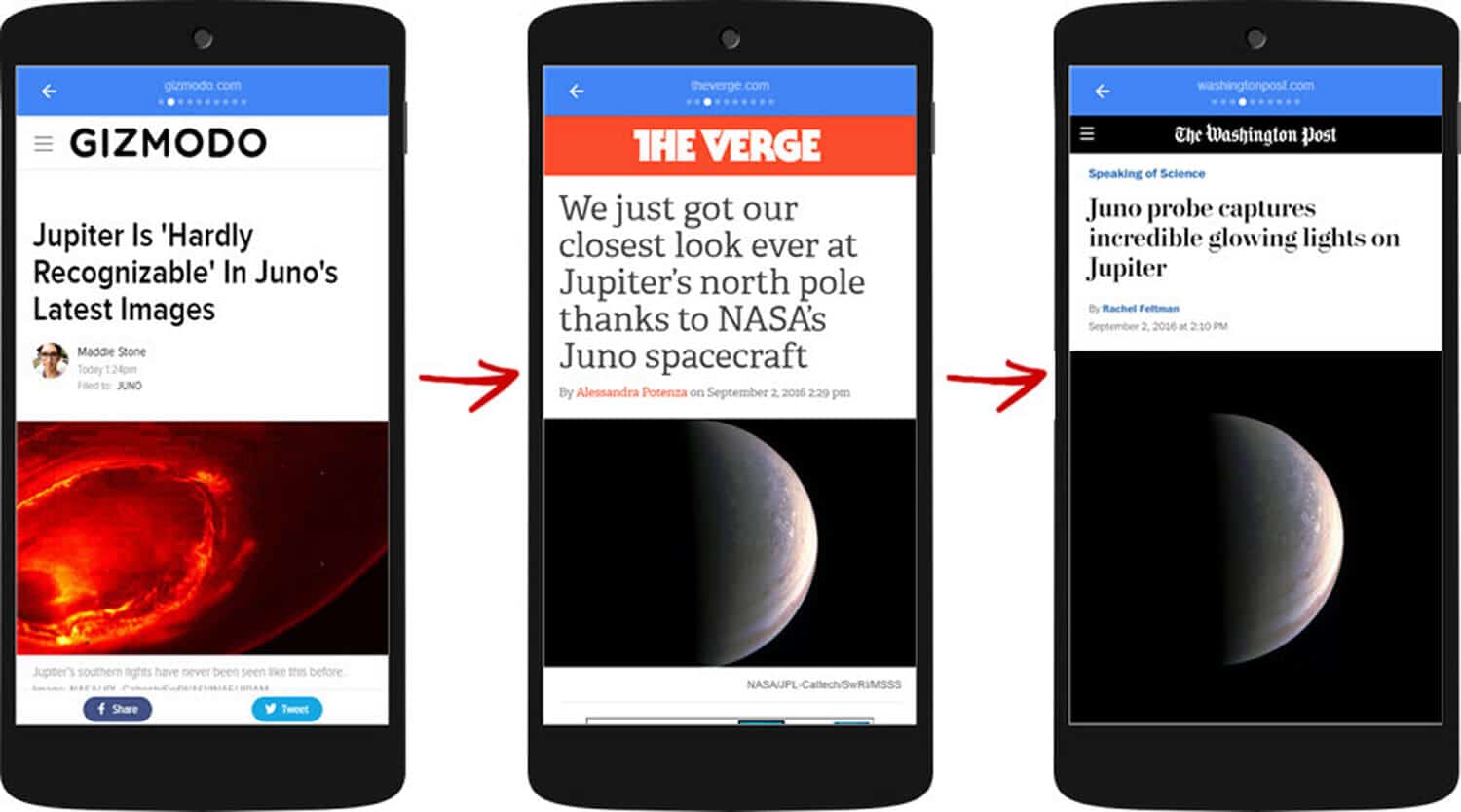
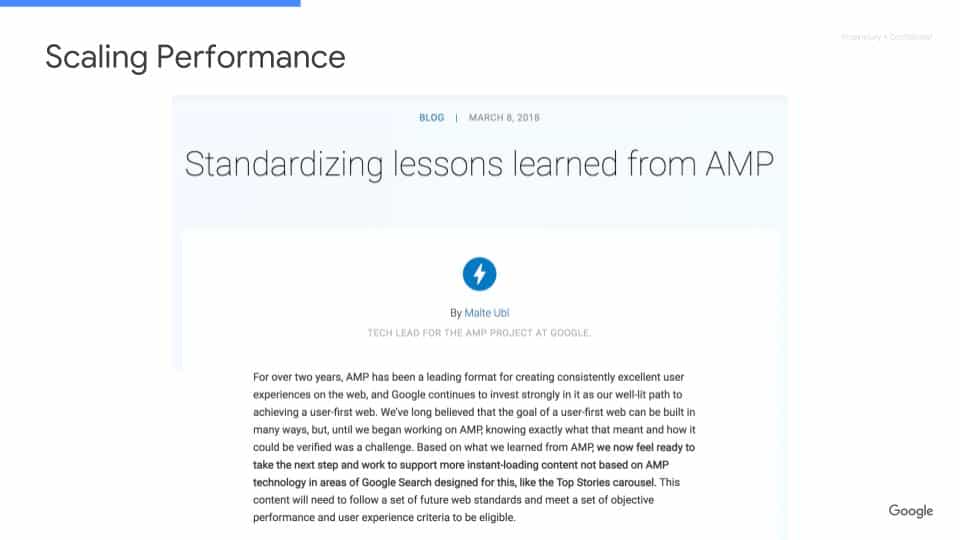
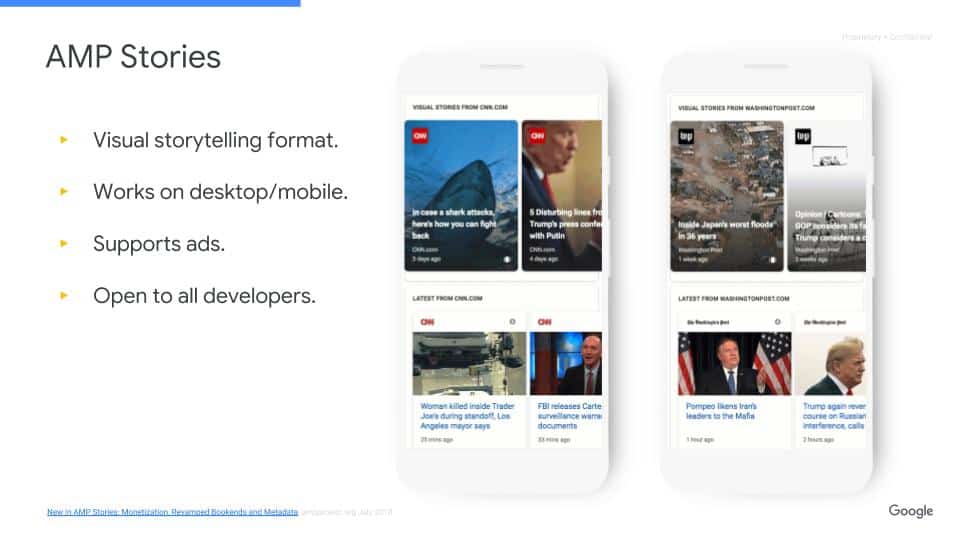

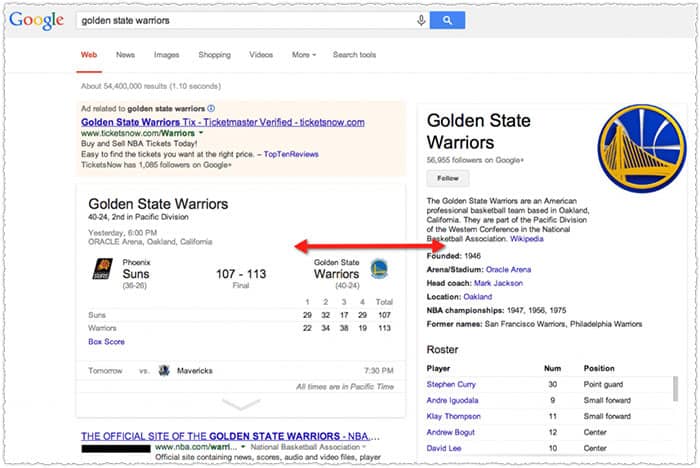

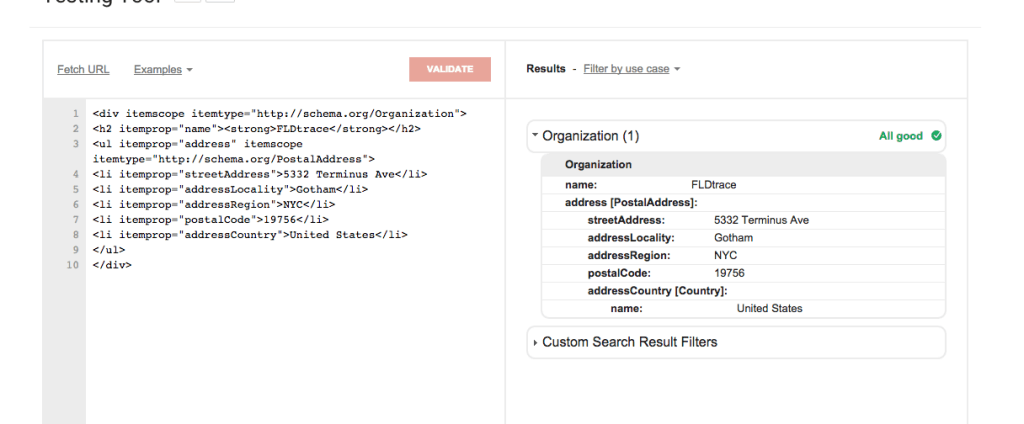
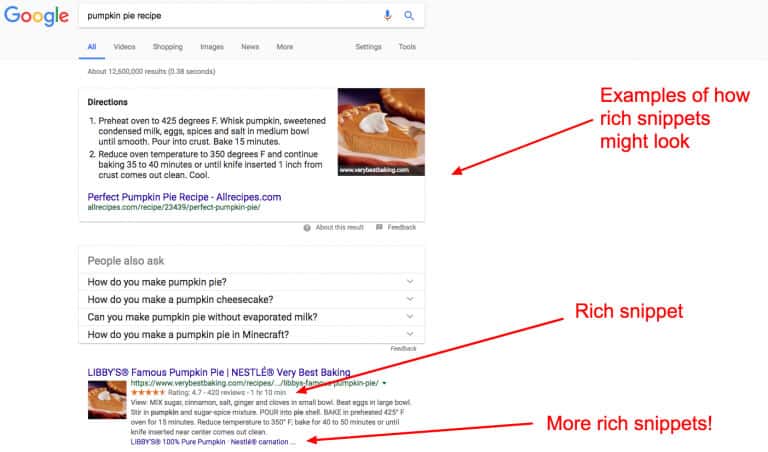

Get ready for SEO 2019 and there are new seo geeks waiting in the crew.
Get ready for SEO 2019 and there are new seo geeks waiting in the crew.
Good. But this is much complicated for the newbies.
Good. But this is much complicated for the newbies.
Rich data markup is huge… if you haven’t gotten it added to your sites yet, you should definitely get on it. It’s hugely time consuming having to add it to every page, but it’s worth it. The CTR on sites with rich snippets in Google’s SERPs is completely insane compared to sites without it.
Rich data markup is huge… if you haven’t gotten it added to your sites yet, you should definitely get on it. It’s hugely time consuming having to add it to every page, but it’s worth it. The CTR on sites with rich snippets in Google’s SERPs is completely insane compared to sites without it.
I have been following your site, your articles are really great. I have a blog site and the traffic goes down each time I published a new post while if did I not publish for up to 4 days it will start coming up again. please what do you suggest i should do to resolve the issue?
I have been following your site, your articles are really great. I have a blog site and the traffic goes down each time I published a new post while if did I not publish for up to 4 days it will start coming up again. please what do you suggest i should do to resolve the issue?
Hmmm. I’m not sure those two things would typically be correlated. There may be something else going on.
Hmmm. I’m not sure those two things would typically be correlated. There may be something else going on.
wonderful. Thank you for the nice sum-up. I would include more videos in my blogs.
wonderful. Thank you for the nice sum-up. I would include more videos in my blogs.
Absolutely, the rich data snippet is a big way to drive an insanely great audience to a blog. We must use this for our site. Also, business roundups, broken link building, transformation of content to videos, podcast, and ebooks are a very effective way to drive a huge amount of visitors to a website.
You have shared the richest informative post of the latest strategies. Excellent stuff!!
Keep up the great work!
Absolutely, the rich data snippet is a big way to drive an insanely great audience to a blog. We must use this for our site. Also, business roundups, broken link building, transformation of content to videos, podcast, and ebooks are a very effective way to drive a huge amount of visitors to a website.
You have shared the richest informative post of the latest strategies. Excellent stuff!!
Keep up the great work!
thank u
thank u
I have noted it has become harder to build an audience in 2019 than in previous years. Among things that happened which were once reliable target sources are now diminished. Facebook very limited visibility unless you pay, Stumbleupon closing down Mixed is nowhere near as good as know Stumble options which led to easy leads, Twitter and Facebook no longer connected, alot of free tools now have to be paid for with Twitter.
I have noted it has become harder to build an audience in 2019 than in previous years. Among things that happened which were once reliable target sources are now diminished. Facebook very limited visibility unless you pay, Stumbleupon closing down Mixed is nowhere near as good as know Stumble options which led to easy leads, Twitter and Facebook no longer connected, alot of free tools now have to be paid for with Twitter.
Hi, Tyler, Really a good post to generate some free traffic, Usually, all websites speak about Quora, SEO, Social media and so on., you can cover some new free strategies, I found some new methods to bring in free traffic thanks man.
Hi, Tyler, Really a good post to generate some free traffic, Usually, all websites speak about Quora, SEO, Social media and so on., you can cover some new free strategies, I found some new methods to bring in free traffic thanks man.
That’s a very good topic chosen for discussion. Yes most of the digital marketers look for how to get traffic to their website in 2019. It’s the right idea given by paul to bring one platform audience to other through newsletter subscriptions and other mediums. Instead of implementing new technologies its better to understand the audience and their needs first. Thanks for listing some useful strategies by which a marketer can increase his website traffic. I like the conclusion you have given as every new strategy wont work every time and to avoid new innovation.
That’s a very good topic chosen for discussion. Yes most of the digital marketers look for how to get traffic to their website in 2019. It’s the right idea given by paul to bring one platform audience to other through newsletter subscriptions and other mediums. Instead of implementing new technologies its better to understand the audience and their needs first. Thanks for listing some useful strategies by which a marketer can increase his website traffic. I like the conclusion you have given as every new strategy wont work every time and to avoid new innovation.
Interesting article to understand the important ways to gain more traffic to our website. I especially like the first video, you shared in your post. Keep sharing such kind of informative posts in the future also.
Interesting article to understand the important ways to gain more traffic to our website. I especially like the first video, you shared in your post. Keep sharing such kind of informative posts in the future also.
It is quite helpful since there is a lot starting to get into doing website. Would share it with my friends who just started his own website
It is quite helpful since there is a lot starting to get into doing website. Would share it with my friends who just started his own website